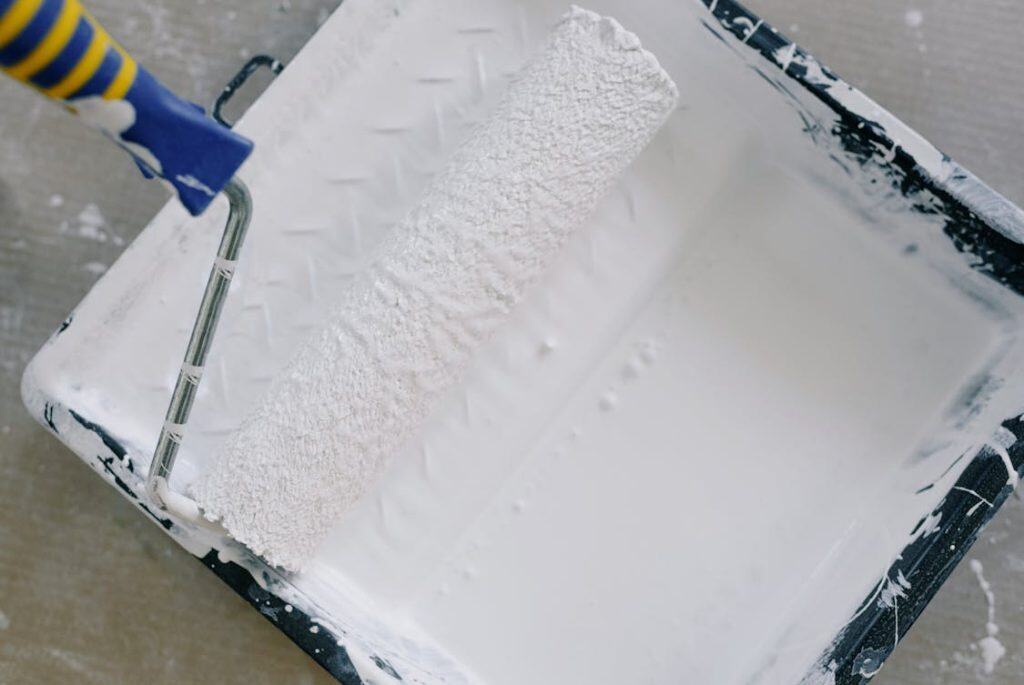5 Ways Pros Prevent Failures in Epoxy Floor Installations
Epoxy flooring is a popular choice for both residential and commercial spaces due to its durability and aesthetic appeal. However, achieving a flawless installation isn’t just a matter of mixing and pouring. Professionals employ a variety of techniques to avoid common pitfalls. Below are five key strategies that experts utilize to prevent failures in epoxy

Epoxy flooring is a popular choice for both residential and commercial spaces due to its durability and aesthetic appeal. However, achieving a flawless installation isn’t just a matter of mixing and pouring.
Professionals employ a variety of techniques to avoid common pitfalls. Below are five key strategies that experts utilize to prevent failures in epoxy floor installations.
1. Comprehensive Surface Preparation
Preparation is of the utmost importance when it comes to epoxy flooring. Pros begin by thoroughly cleaning the surface to eliminate dust, dirt, and grease. A clean surface provides the necessary adhesion for the epoxy to bond properly. This step is often overlooked by amateurs, leading to poor results.
After cleaning, professionals often use mechanical methods, such as diamond grinding or shot blasting, to create a textured surface. This not only enhances the bond but also helps to remove any existing coatings that may interfere with the epoxy’s ability to adhere. Skipping this step can lead to peeling or lifting in the future.
Moisture testing is another critical aspect of surface preparation. If the substrate is damp, the epoxy may not cure properly, resulting in a compromised finish. Professionals use moisture meters to assess the humidity levels, ensuring the substrate is ideally dry before application.
Finally, any cracks or imperfections in the substrate are repaired prior to epoxy application. Failing to address these issues can lead to bigger problems down the line, like cracking or bubbling. By starting with a well-prepared surface, the chances of installation failure decrease significantly.
2. Selecting the Right Epoxy
Not all epoxy products are created equal, and professionals know this well. They carefully select the right type of epoxy based on the specific requirements of the project. For instance, different formulations exist for indoor versus outdoor applications, and for varying levels of foot traffic.
If you’re unsure which product suits your space best, it’s worth consulting with professional epoxy installers in Fort Myers area who can guide you through the selection based on your specific needs and environment.
Pros often choose between solvent-based, water-based, and 100% solids epoxy. Each type has its pros and cons, and the choice can directly impact the performance and longevity of the flooring. Understanding these differences ensures that the right product is used for the right environment.
In addition, professionals consider the climate where the installation will take place. Temperature and humidity can significantly affect curing times and final appearance. By selecting a product that’s compatible with environmental conditions, experts can avoid issues such as bubbling or uneven curing.
Finally, trusted manufacturers with a good reputation are often prioritized. Using high-quality materials from known brands can increase the likelihood of a successful installation. It’s not just about the price; it’s about investing in longevity and performance.
3. Proper Mixing Techniques

Mixing epoxy may seem straightforward, but professionals apply specific techniques to achieve the best results. Precise measurements are vital for the resin and hardener to ensure proper chemical reactions. An incorrect ratio can result in soft spots or an uneven surface.
Experts typically use mechanical mixers to achieve a uniform blend, avoiding inconsistencies that hand mixing might produce. This method helps eliminate air bubbles, which can compromise the finish. Bubbles trapped in the mix can lead to weak spots in the floor.
Timing is another aspect professionals pay close attention to. Once mixed, epoxy has a limited working time before it begins to cure. Pros keep a close watch on the clock, ensuring they apply the mixture within the optimal timeframe. Rushing the process can lead to uneven coverage or poor adhesion.
Lastly, some experts prefer to add thinners or additives to the epoxy mix. These modifications can enhance flow and leveling properties, depending on the specific needs of the project. Finding the right balance in mixing can make all the difference in the final appearance of the floor.
4. Controlled Application Environment
Creating a controlled environment during installation is key to a successful epoxy flooring project. Professionals often pay attention to temperature and humidity levels, as these factors can greatly influence the curing process. Ideal conditions typically fall within a certain range, which can vary by product.
To maintain optimal conditions, experts often use heaters or dehumidifiers. This is especially important in colder or more humid climates, where improper conditions can lead to sticky or improperly cured epoxy. By controlling the environment, the chances of failure decrease significantly.
Additionally, professionals work during times when foot traffic is minimal. This helps to avoid accidental disturbances during the curing process. Even minor disruptions can impact the quality of the final product, leading to imperfections.
Cleaning the workspace is also essential. Dust, debris, or contaminants can land on the wet epoxy, ruining the finish. Professionals make it a point to keep the area tidy and free from any potential contaminants. This attention to detail contributes to a flawless final product.
5. Regularly Checking for Issues
Even with all the right preparation and techniques, problems can still arise. Professionals regularly check the installation for any anomalies during the process. This proactive approach allows them to address potential issues before they become costly failures.
Using tools such as infrared thermometers, experts can monitor the curing process. By checking the temperature of the epoxy, they can ensure it cures evenly. Variations in temperature can affect how the product hardens, leading to weak spots.
Additionally, professionals keep an eye out for areas where the epoxy may not be adhering correctly. This proactive measure allows them to make necessary adjustments before the epoxy sets. Catching these issues early can save time and money in the long run.
After installation, pros often advise clients on maintenance and care. This ensures that the flooring continues to perform well over time. By educating clients and providing valuable follow-up care, experts can help to prevent future failures.
In conclusion, the installation of epoxy flooring is a multi-faceted process that requires careful attention to detail. By employing comprehensive surface preparation, selecting appropriate materials, utilizing proper mixing techniques, maintaining a controlled environment, and regularly checking for potential issues, professionals can significantly reduce the chances of failure in epoxy floor installations.







